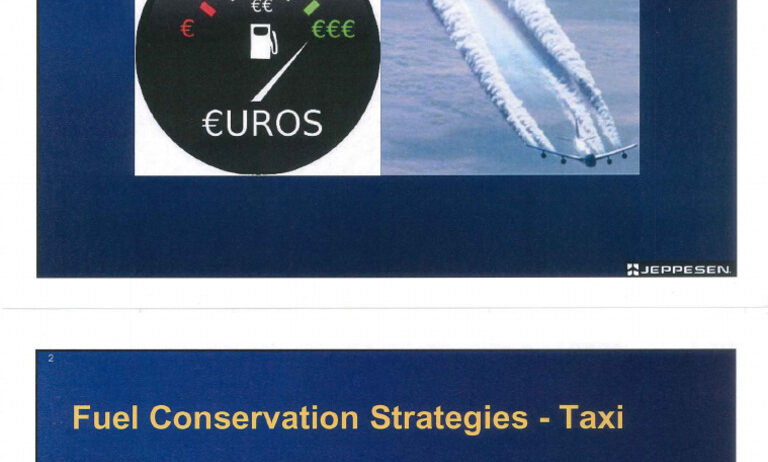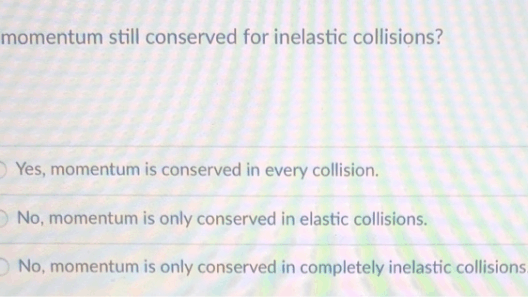In the early 20th century, particularly during World War I, the United States recognized the imperative need to conserve fuel. The Fuel Administration emerged as a vital entity, tasked with overseeing the efficient utilization of fuel resources. Understanding its strategies sheds light on how governmental bodies can effectively intervene in energy conservation during times of crises.
The foremost strategy employed by the Fuel Administration was the implementation of the daylight saving time (DST). Adopted in 1918, DST aimed to maximize daylight and reduce reliance on artificial lighting, thereby conserving energy. By shifting clocks forward in the spring, this initiative effectively extended the hours of daylight into the evening. The extension meant that people could conduct necessary activities while minimizing the usage of oil, gas, and coal resources. The success of this strategy was manifest in substantial energy savings, notably during the summer months.
Another significant tactic was the establishment of rationing programs. The Fuel Administration instigated a systematic approach to allocate fuel supplies fairly among different sectors. By prioritizing essential services—such as hospitals, military use, and public transportation—the Administration ensured that the most critical functions continued unimpeded. Rationing was facilitated by the issuance of fuel books, which regulated the amount of fuel each household and business could procure. The imposition of quotas was an indispensable strategy that curtailed excessive consumption and inequitable distribution.
The Fuel Administration also took a proactive role in promoting public awareness regarding the importance of fuel conservation. Campaigns emerged that urged citizens to adopt energy-saving behaviors. Slogans, posters, and pamphlets emphasized concepts like “heat less” and “conserve more.” Such public mobilization was pivotal in cultivating a collective consciousness about the efficient use of resources. By engaging the populace, the Fuel Administration fostered a culture steeped in conservation-oriented values. This multi-faceted communication strategy not only educated but also galvanized a widespread commitment towards energy conservation efforts.
Additionally, the regulation of fuel prices played a crucial role in the energy conservation narrative. The Fuel Administration instituted price controls to insulate consumers from the fluctuating costs of fuel commodities. By maintaining stable prices, the government effectively dissuaded rampant speculation and hoarding of fuel resources. This regulatory measure ensured more equitable access among various socio-economic groups and inhibited wastefulness driven by economic greed.
In the industrial sector, the Fuel Administration collaborated with manufacturers to optimize production techniques. Factories were incentivized to implement energy-saving technologies and practices. Innovative methods, such as the use of by-products for energy rather than fossil fuels, were encouraged. The Administration understood that industrial consumption constituted a substantial portion of energy usage, and thereby directed efforts towards enhancing overall operational efficiency. This partnership between the government and industries yielded not only immediate fuel savings but also fostered a culture of innovation that persisted beyond the wartime exigencies.
Just as critical was the Fuel Administration’s focus on transportation systems. It spearheaded initiatives aimed at streamlining transport logistics to enhance fuel efficiency. The introduction of “gasless Sundays,” where private automobiles were largely prohibited, encouraged the use of public transportation, thereby reducing fuel consumption significantly. By promoting carpooling and the utilization of streetcars and buses, the Administration influenced a monumental shift in public behavior towards transportation. These measures were not merely temporary fixes; they laid the groundwork for long-term transformations in urban mobility that would resonate for decades.
The overarching organizational structure of the Fuel Administration also contributed to its effectiveness. By assembling a consortium of experts from various fields—energy specialists, engineers, and economists—the administration equipped itself with the intellectual resources necessary for devising sound strategies. This interdisciplinary approach enabled tailored solutions for a plethora of challenges posed by fuel conservation. Such complexity demanded an adaptable framework that emphasized continuous assessment and prompt revisions, something the Fuel Administration excelled at.
Aside from the aforementioned methods, the Fuel Administration explored alternative energy sources to alleviate dependency on traditional fossil fuels. While the technologies available at the time were primitive, there was a burgeoning recognition of the potential presented by renewable resources. This forward-thinking perspective sowed the seeds for future innovations in sustainable energy—an imperative consideration today in combating contemporary climate change challenges.
Finally, the legacy of the Fuel Administration is intricately tied to its significant societal impact. It ignited conversations surrounding energy conservation that outlived its tenure. The measures adopted during this period instilled a sense of responsibility in citizens towards resource management. Today, as we confront the specter of climate change, the principles embodied by the Fuel Administration continue to resonate. Understanding how such an early institution managed to consolidate efforts towards conserving energy inspires current and future initiatives aimed at creating a sustainable world.
In conclusion, the Fuel Administration’s concerted efforts encapsulated a myriad of strategies for fuel conservation, blending regulation, public awareness, industrial cooperation, and innovative transportation solutions. Its legacy remains a vital reminder of the potential for collective action in addressing resource scarcity and fostering sustainable practices. By learning from the past, society can more effectively navigate the complexities of energy management and climate resilience in the future.







